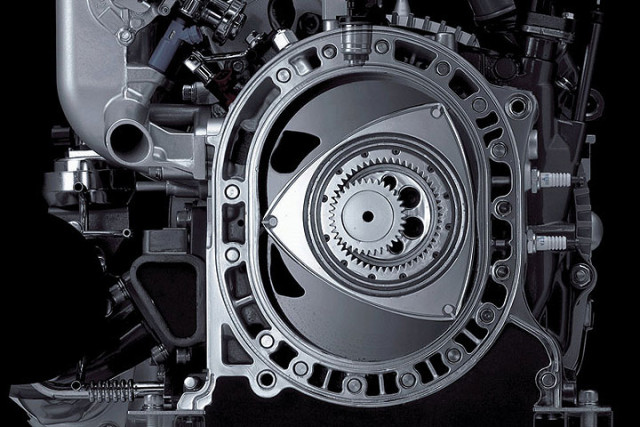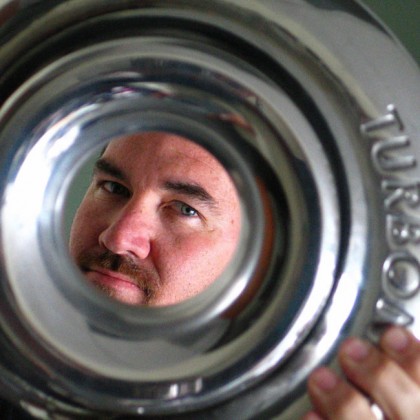 Though among the smallest powerplants on the road, the rotary engine has the intimidation of a linebacker on an unblocked blitz. It’s a total departure from a piston engine, with the spark plugs being among the only points of commonality. But the rotary is fast and it hits hard.
Though among the smallest powerplants on the road, the rotary engine has the intimidation of a linebacker on an unblocked blitz. It’s a total departure from a piston engine, with the spark plugs being among the only points of commonality. But the rotary is fast and it hits hard.
The outside-the-box thinking of German engineer Felix Wankel resulted in the first rotary engine prototypes in the 1950s. Mazda has made the most of this marvel as it powered the automaker’s R100, RX-2, RX-3, RX-4, the REW pickup, RX-7, and RX-8. It also won Le Mans in 1991 in the 787B, and then was unceremoniously banned.
The rotary has no cylinders, pistons, rods, or crankshaft. Its rotating assembly consists of curved triangular rotors and an aptly named eccentric shaft that spin around multiple housings that make up the ‘engine block.’
This video offers a cutaway look at what happens as a Wankel rotary goes through its combustion cycles. The animation shows all the steps but a quick description may help you take in and better understand what you’re seeing.
The rotors spin on the eccentric shaft and as they rotate their outer surfaces create pockets or chambers. An apex seal on the leading edges of the rotors close up what is the combustion chamber. Look at it like an ever rotating chamber that experiences all cycles of combustion; intake, compression, ignition, exhaust. As there are two rotors in a typical 13B engine, the cycles are happening simultaneously in the engine. With no valves to worry about it is easy to see where the rotary gets it high revving personality.
Better still, check out the video.



















